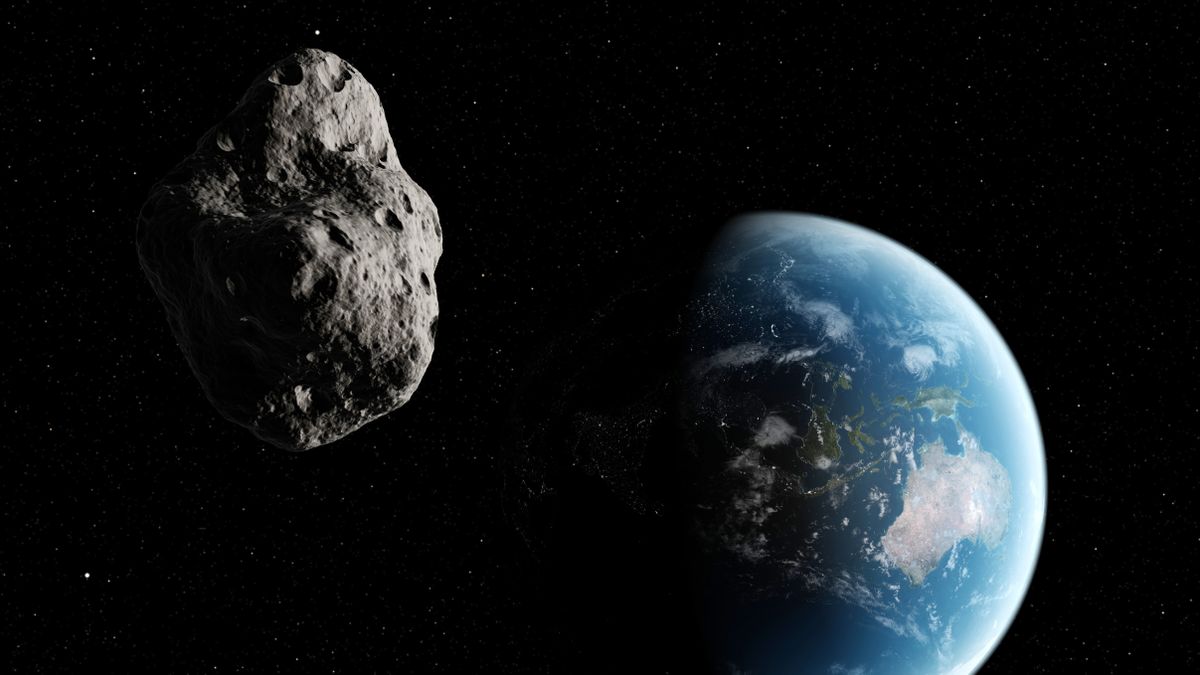
The chances of a significant asteroid large enough to devastate a city striking Earth in 2032 have now risen to 1 in 32, which equates to 3.1%, according to NASA.
On February 7, NASA raised the estimated risk that asteroid 2024 YR4 could collide with Earth within the next seven years from 1.2% to 2.3%. Subsequently, the probability of impact increased to 2.6% and has reached the current level of 3.1%, based on the latest findings from NASA’s Center for Near Earth Object Studies.
Asteroid 2024 YR4 measures approximately 177 feet (about 54 meters) in diameter, comparable to the height of the Leaning Tower of Pisa. Although it is not large enough to threaten human existence, its impact could still devastate a major urban area, unleashing around 8 megatons of energy, which is over 500 times stronger than the atomic bomb deployed on Hiroshima, Japan.
Fortunately, there is still a 96.9% probability that the asteroid will miss Earth completely. As scientists gather more information regarding its trajectory, the likelihood of an impact is expected to diminish potentially to 0%, as indicated by the current risk assessment on NASA’s site. Additionally, there exists a minimal 0.3% chance that YR4 might impact the moon instead of Earth, as reported by Live Science.
Researchers utilize a metric known as the Torino Scale to gauge the danger posed by nearby asteroids and comets. With a Torino Scale rating of 3 out of 10, YR4 is classified as capable of localized destruction and exceeds the 1% impact probability threshold, indicating a noteworthy risk of potential collision.
Further observations will enable scientists to refine their calculations of the asteroid’s orbit, which typically leads to increased confidence in predicting that it will not strike Earth. Many other objects previously listed by NASA have ultimately been assigned a 0% impact probability once additional data became available.
A team of researchers has recently been granted urgent access to the James Webb Space Telescope, the foremost space telescope, to investigate YR4 in the forthcoming months and evaluate its risk and true dimensions.
Currently, YR4 is the only significant asteroid recognized with over a 1% probability of striking Earth, according to NASA’s planetary defense blog. In the improbable event that YR4 does collide with Earth, it is projected to strike along a “risk corridor” that encompasses the eastern Pacific Ocean, northern South America, the Atlantic Ocean, Africa, the Arabian Sea, and South Asia, according to NASA.









